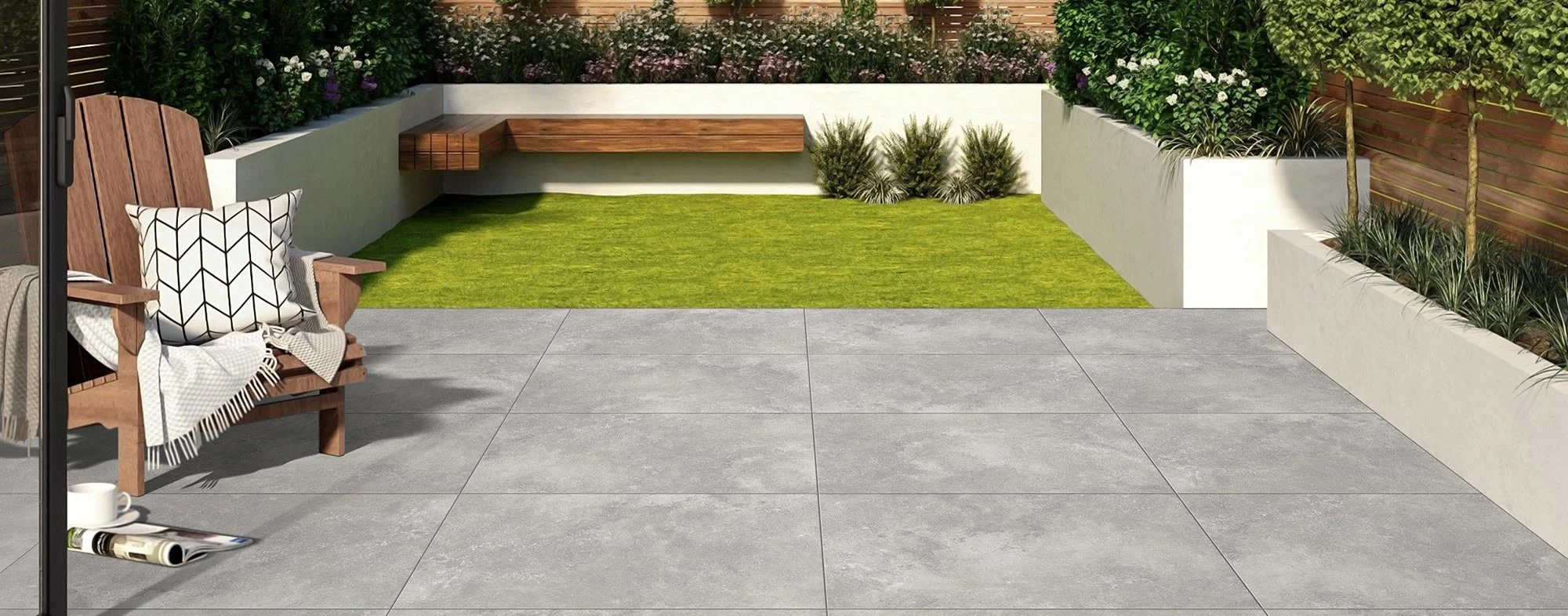Limestone is a beautiful and versatile natural stone that is a popular choice for both interior stone tiles and external stone paving. Its durability, texture, and natural aesthetic appeal make it an ideal flooring material. However, like any natural stone, it requires regular maintenance to preserve its beauty and extend its life. In this blog, we, at Strata Stones, will discuss the best way to mainhttps://stratastones.co.uk/wp-content/uploads/2023/07/rough-outdoors-texture-background-with-yellow-paint.jpg
tain limestone flooring, whether it’s indoor interior stone tiles or outdoor natural stone flooring.
Sweep And Vacuum Regularly
The first step in maintaining limestone flooring is to sweep and vacuum regularly. Dirt, dust, and debris can scratch the surface of the stone and damage it over time. Sweeping and vacuuming prevent dirt and debris from accumulating on the surface of the stone. Use a soft-bristled broom or vacuum attachment to avoid scratching the surface of the limestone.
Make sure to pay extra attention to areas with high foot traffic and debris accumulation, such as entryways or hallways. Regular sweeping and vacuuming can also help prevent abrasive particles from being ground into the surface of the stone.
Mop With A pH-Neutral Cleaner
Mopping with a pH-neutral cleaner is the best way to clean limestone flooring. Avoid using acidic or alkaline cleaners, as they can damage the stone. Acidic cleaners like vinegar, lemon juice, and bleach can etch the surface of the limestone, while alkaline cleaners like ammonia and soap can dull their natural shine. Instead, use a pH-neutral cleaner specifically designed for limestone flooring. These cleaners will remove dirt and stains without damaging the stone’s surface.
When mopping, make sure to use a damp mop and avoid using excessive water. Too much water can seep into the pores of the stone and cause it to discolor or become stained. Rinse the mop regularly and change the water as needed.
Use a Sealer
Limestone is a porous stone that can absorb liquids and stains. Using a sealer can help protect the surface of the stone from moisture and stains. Sealers create a barrier that prevents liquids from penetrating the stone, making it easier to clean and maintain. When selecting a sealer, choose one that is specifically designed for limestone flooring. Make sure to follow the manufacturer’s instructions when applying the sealer.
Sealers should be applied to clean and dry limestone flooring. The frequency of sealing depends on factors such as foot traffic, exposure to moisture, and the type of sealer used. Some sealers require reapplication every six months, while others may last for several years. It is essential to follow the manufacturer’s instructions and reapply the sealer as recommended.
Wipe up Spills Immediately
Limestone flooring is prone to staining, so it is essential to wipe up spills immediately. Liquids like wine, coffee, and juice can leave stubborn stains on the surface of the stone. Use a clean, damp cloth to wipe up spills as soon as they occur. Avoid using abrasive cloths or scrubbers, as they can scratch the surface of the limestone.
If a spill occurs, blot the affected area with a clean, dry cloth first to absorb as much of the liquid as possible. Then, use a damp cloth to wipe the area clean. For stubborn stains, use a limestone-specific cleaner and follow the manufacturer’s instructions.
Avoid Heavy Foot Traffic
Limestone is a durable stone, but it is not indestructible. Heavy foot traffic can wear down the surface of the stone over time. Avoid walking on limestone flooring with heavy shoes or high heels, as they can scratch and dent the surface of the stone. Place rugs or mats in high-traffic areas to protect the surface of the limestone.
In addition to foot traffic, avoid dragging heavy furniture or objects across the limestone flooring. This can scratch the surface of the stone and cause irreversible damage. Instead, lift and carry furniture or objects when moving them across the floor.
Perform Regular Maintenance
Regular maintenance is key to maintaining the beauty and longevity of limestone flooring. In addition to the above-mentioned cleaning and maintenance tasks, there are a few additional steps you can take to ensure your limestone flooring stays in excellent condition.
Buff and Polish
Over time, limestone flooring can lose its shine due to foot traffic and wear and tear. Buffing and polishing can restore its natural shine and beauty. Use a limestone-specific polishing compound and follow the manufacturer’s instructions.
Resurface
If your limestone flooring has severe scratches or damage, resurfacing may be necessary. Resurfacing involves removing the damaged surface layer of the stone and replacing it with a new layer. This process should be performed by a professional.
Repair Chips and Cracks
Chips and cracks in limestone flooring can be unsightly and can lead to further damage if left unattended. Repair chips and cracks as soon as possible to prevent further damage. Use a limestone-specific filler to repair chips and cracks and follow the manufacturer’s instructions.
Wrapping Up
All in all, maintaining limestone flooring requires regular cleaning and maintenance to preserve its natural beauty and durability. Sweeping and vacuuming regularly, mopping with a pH-neutral cleaner, using a sealer, wiping up spills immediately, avoiding heavy foot traffic, and performing regular maintenance tasks like buffing and polishing, resurfacing, and repairing chips and cracks can help keep your limestone flooring looking its best for years to come. Whether it is indoor interior stone tiles or outdoor natural stone flooring, following these simple maintenance tips discussed above can help ensure the longevity of your limestone flooring.








